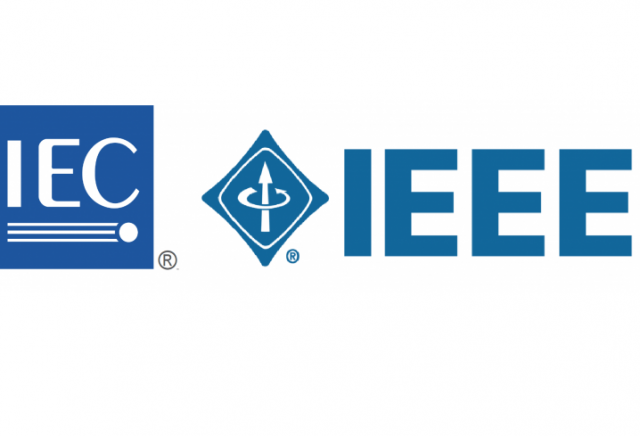As an Electrical Engineer working on a global scope, knowledge on International Electrical Standards such as the IEC and the IEEE is an advantage.
This is just the start though, knowledge on local codes and standards are certainly a must. Most national standards are based on either international standards previously mentioned. Sometimes, it is a combination thereof. Sometimes, it is also dependent on the project. A good example I can think of is the underground bulk storage facility in Saudi Arabia. The storage facility itself is based on IEC standards while the pipeline and booster stations are constructed on Saudi Aramco standards which is based on IEEE. Interfacing the two was actually a nightmare.
Another good example is the offshore platform in China. The platform was constructed on IEEE standards but were expanded using the local Chinese standard which is basically an IEC rewritten.
Rewritten local standards were done so to suit local conditions such as temperature, humidity, wind, earthquake, etc. Australian standards for example were originally a rewritten IEC standard. Even the numbers are compatible. Thus it is always a must that designs are verified using the latest local standards.
In addition to compliance in local standards, compliance in local codes is also a requirement. The code of practice in the state of Texas may not be acceptable in Chicago. I can easily say that New South Wales codes of practice are different from Queensland as these are totally promulgated by the local governments based on local conditions.
Normally, in case there will be some conflicts, the local codes and standards prevails. To avoid legal problems during electrical inspection, design compliance to local codes and standards is a must.

Comments are closed.